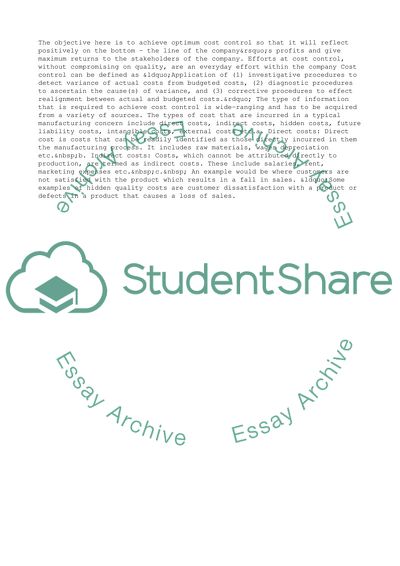Cite this document
(“Managing Information in Toyota Motor Corporation Research Paper”, n.d.)
Managing Information in Toyota Motor Corporation Research Paper. Retrieved from https://studentshare.org/management/1533929-managing-information-research-paper
Managing Information in Toyota Motor Corporation Research Paper. Retrieved from https://studentshare.org/management/1533929-managing-information-research-paper
(Managing Information in Toyota Motor Corporation Research Paper)
Managing Information in Toyota Motor Corporation Research Paper. https://studentshare.org/management/1533929-managing-information-research-paper.
Managing Information in Toyota Motor Corporation Research Paper. https://studentshare.org/management/1533929-managing-information-research-paper.
“Managing Information in Toyota Motor Corporation Research Paper”, n.d. https://studentshare.org/management/1533929-managing-information-research-paper.


